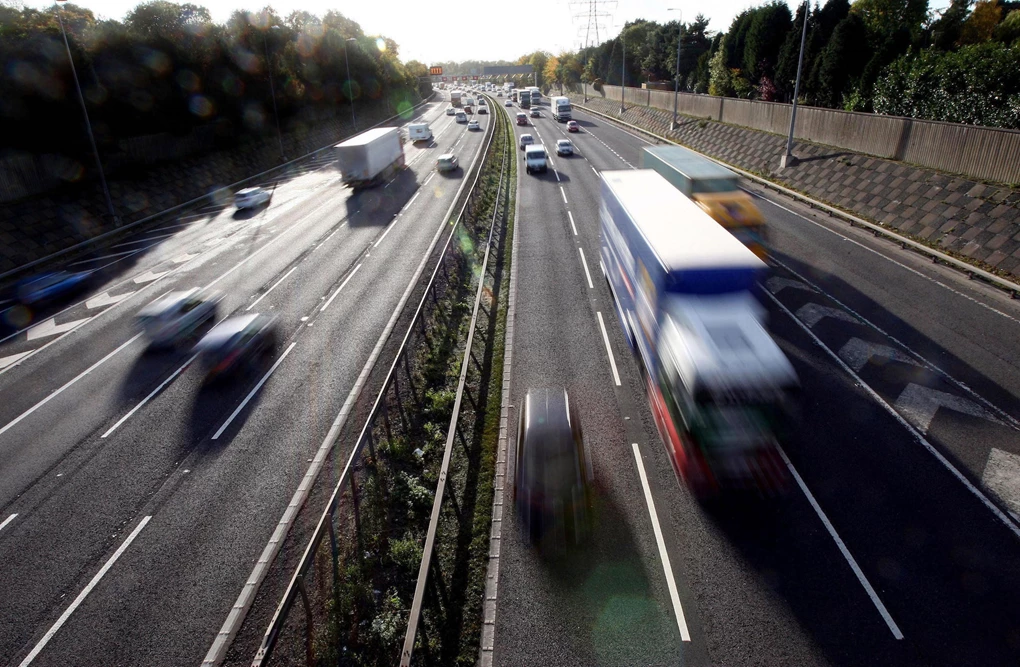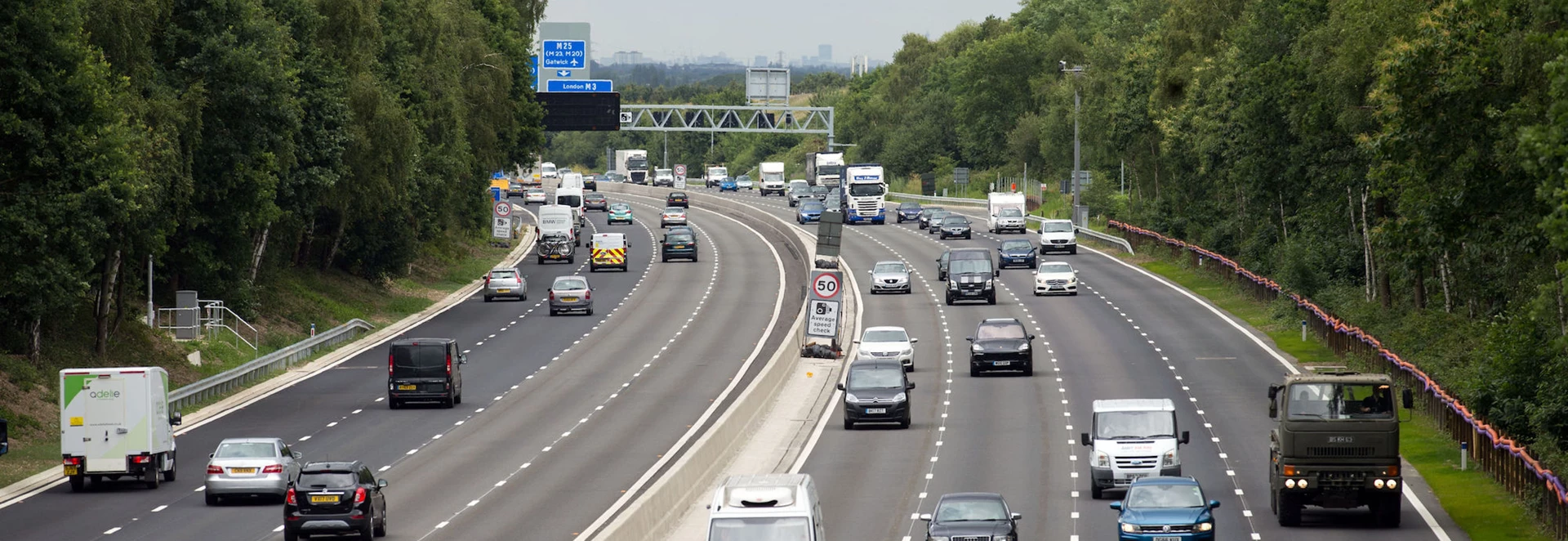Get caught driving through a closed section of a ‘Smart Motorway’ later this year and you could find yourself in hot water, as the government considers changing the law around their use to penalise drivers who flout the lane closures.
But what will the offence be, when will the law change and how much will it cost you if you find yourself on the wrong side of it?
How do Smart Motorways work?
Smart Motorways operate on the principle of four-lane running, with automated gantry signs opening and closing the hard-shoulder as an additional driving lane at peak periods. The signs also display the Smart Motorway’s variable speed limit, which can be anything from 40 to 70mph depending on traffic and weather conditions. Should a lane become blocked, or the hard-shoulder need to be reinstated due to a stranded vehicle, the gantry signs display a large red ‘X’ in order to close the lane. Now, the government is trialling roadside cameras that will monitor the additional running lanes and capture motorists who ignore the closures.

Isn’t driving in a closed lane already illegal?
Yes, it is. If you drive in a closed lane on a motorway or dual carriageway, then you can be charged for Driving Without Due Care or Attention or Dangerous or Reckless Driving, depending on the level of risk. If, for example, the lane is shut to protect vulnerable motorists who have broken down or been involved in an accident, then ignoring the warning is considered a reckless thing to do as it exposes others to clear danger. If it subsequently results in an accident, the price you pay could well be a lot higher.
The new driving laws don’t necessarily mean that flouting the lane closures isn’t already illegal, but they do mean that a new fixed penalty will be brought in, controlled by cameras and with an automated penalty system.
How will it work?
Most Smart Motorway gantries already have cameras installed, which play a dual role. The first is to monitor traffic conditions in order to help determine what the prevailing speed limit should be, and the second is to capture and photograph motorists who are breaking the speed limit.
In some areas, the cameras have also been used to monitor the number of motorists driving in closed lanes after the ‘X’ sign, which denote a lane closure, has been displayed.
Under a trial operated by the Highways Agency, over 80,000 drivers have already received letters of advice after being caught in transgression of the closures. From spring 2018, a more robust fines system is anticipated, with those caught breaking the law expected to receive a £100 fixed penalty and three points on their license.

When do the new driving laws come in to force?
While the roadside cameras are currently being trialled at various locations in the UK there’s no firm date to suggest when they will first be used for law enforcement – but make no mistake, the driving law change is coming.
The cameras, recording and reporting infrastructure are already in place, as the 80,000 ‘advice letters’ sent to motorists have already proven. Once the law is passed by government, it is ready to go live, with experts suggesting this could be as soon as March 2018.
Where will the cameras be?
There are already 480 miles of Smart Motorway in the UK, on the M1, M6, M42, M5 and M4, all of which already have the necessary camera infrastructure in place. Further areas of Smart Motorway are expected on the M3, M23, M20, M8, M74 and A1(M), while the government has just committed to installing more laybys and refuge areas on the existing network to improve driver safety.
A full guide to the safe use of Smart Motorways can be found here.





